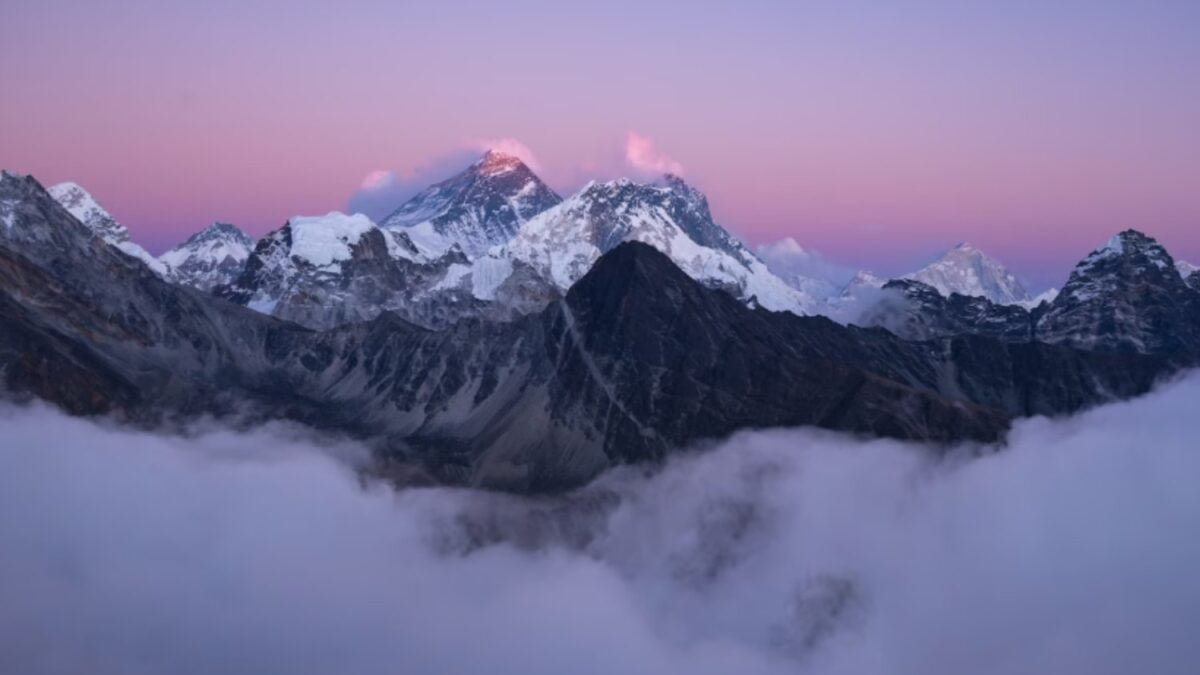Nepal opens up 97 free peaks to take the edge off Everest, but no one’s interested in climbing them

The Everest is more than just a mountain: it’s a symbol of glory, danger, and overcoming challenges. Every year, hundreds of climbers flock to its routes, despite the high economic and human cost of the ascent. To ease the pressure, Nepal has come up with a unique proposal: opening 97 high peaks for free. The problem is that, despite their appeal, few seem willing to trade Everest for lesser-known alternatives.
### The giant that overshadows everything
The Everest, also the economic heart of mountaineering in Nepal. In 2024, over 75% of climbing permit revenues came from this peak. The saturation has forced the Government to raise fees, reaching $15,000 in high season. However, neither the deadly risk nor the price have deterred those who dream of reaching the top of the world.

### Nepal’s strategy: opening up the Himalayas
On July 17, Nepal decided to offer free access for two seasons to 97 summits in the Karnali and Sudurpaschim provinces. Among them are imposing peaks like Saipal (7,030 m) and Api (7,132 m). The measure aims not only to decongest Everest but also to benefit less visited regions of the country.
Despite the incentive, the numbers show disinterest: compared to the 421 permits issued for Everest in 2024, only 68 mountaineers tried to climb the now freed mountains. The issue is that, while equally challenging, these peaks lack the historical and media magnetism of Everest. Conquering them doesn’t provide the same visibility or prestige.

### Infrastructure and development challenges
Beyond prestige, and with limited services. Roads, accommodations, and logistical support networks are scarce, making the expedition an even greater challenge than the ascent itself. Nepal wants to turn this difficulty into an opportunity, but without investment in infrastructure or tourism planning, few adventurers will be attracted to these alternative routes.
### The dilemma of the future of mountaineering in Nepal
The free proposal is a first step to redistribute the flow of climbers, but the dependence on Everest as an economic engine remains overwhelming. Nepal’s challenge will be to convince the world that the Himalayas are not just about one peak. Otherwise, Everest will continue to reign, even at the cost of its own saturation.
Source: [Original Article]






